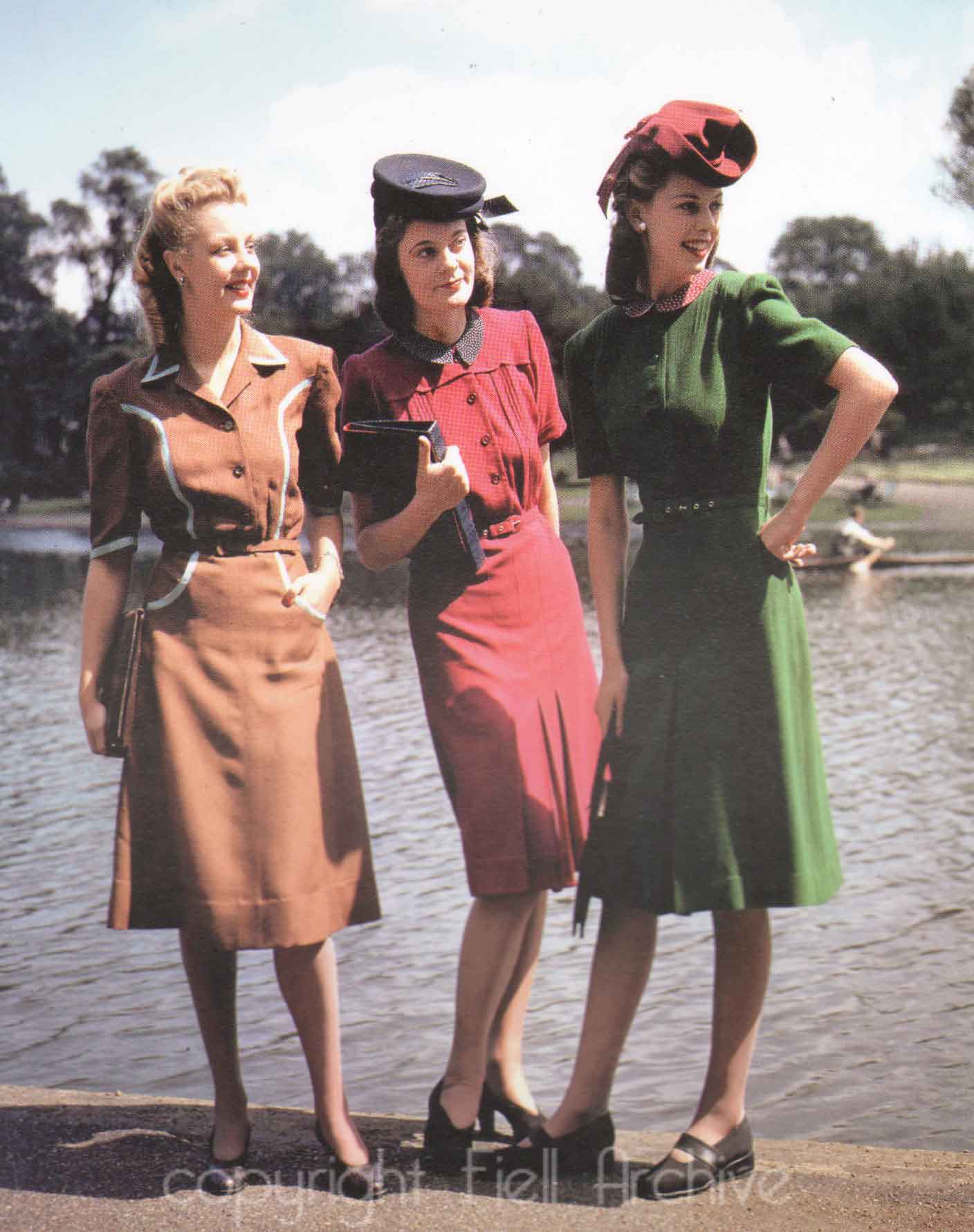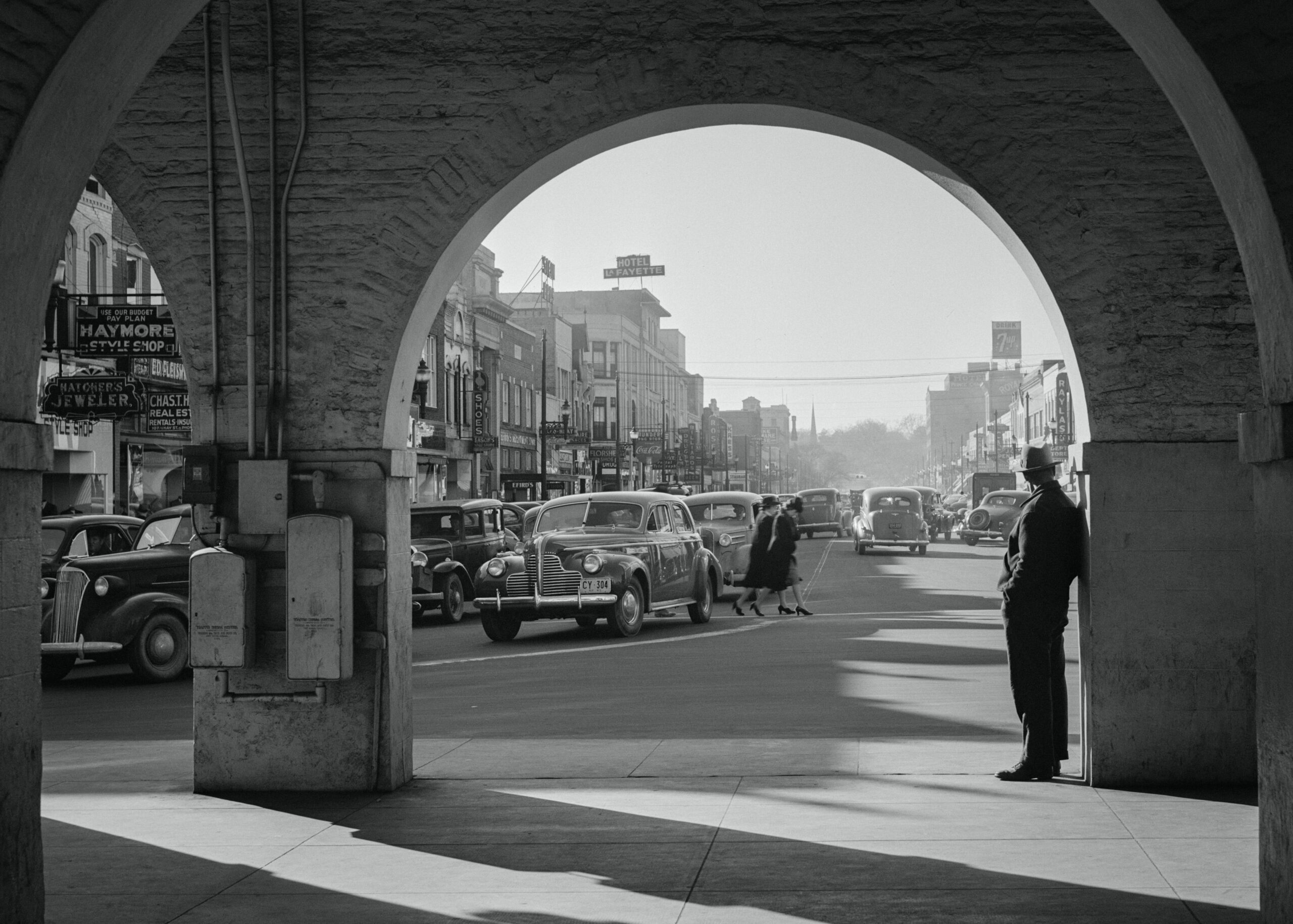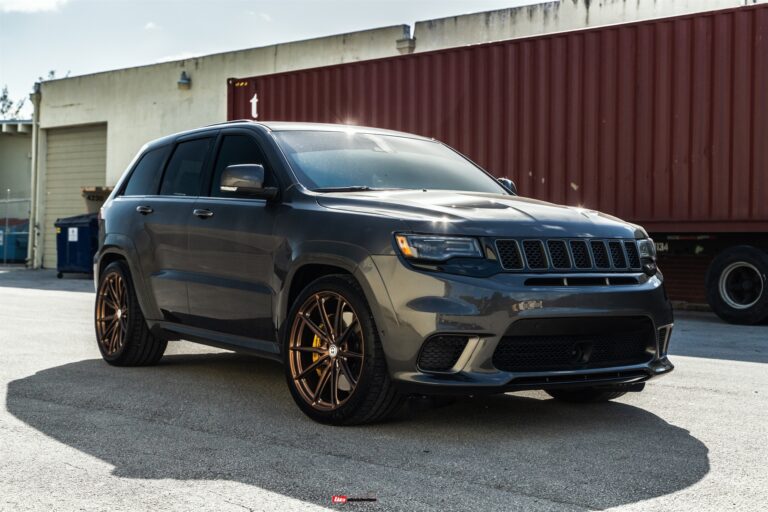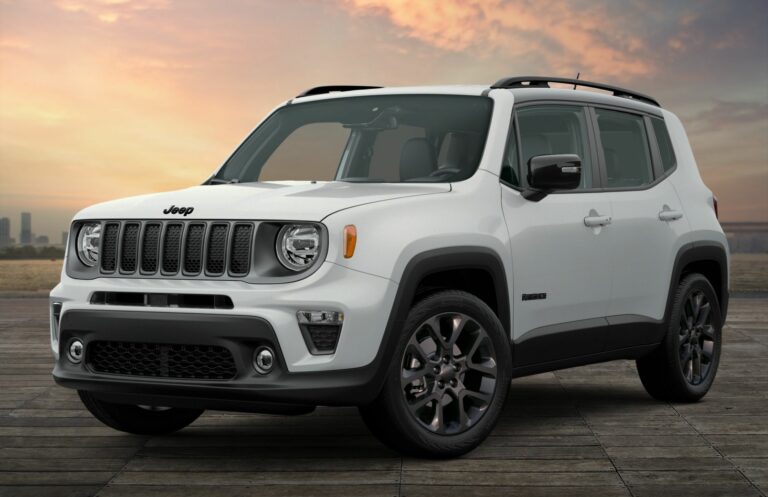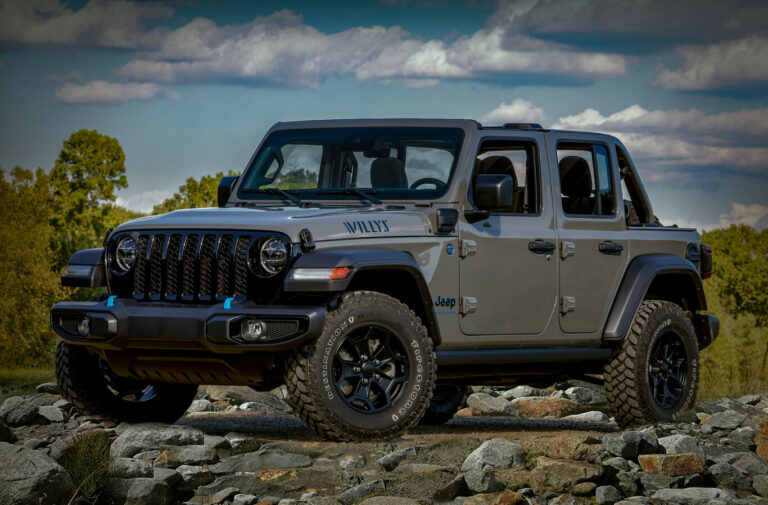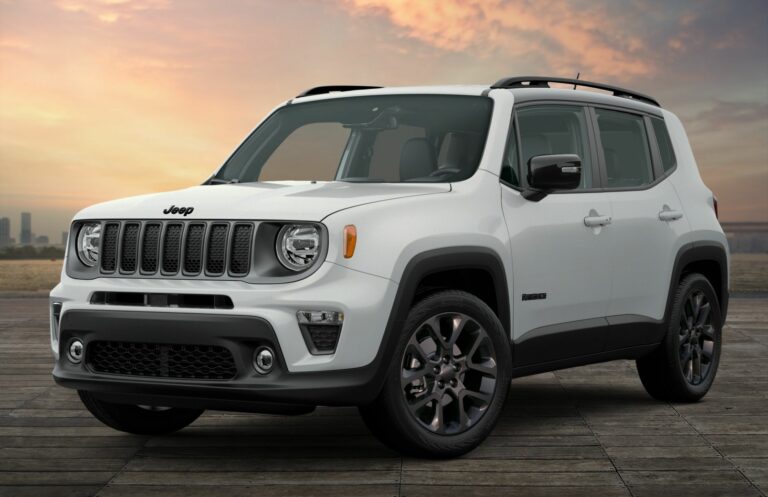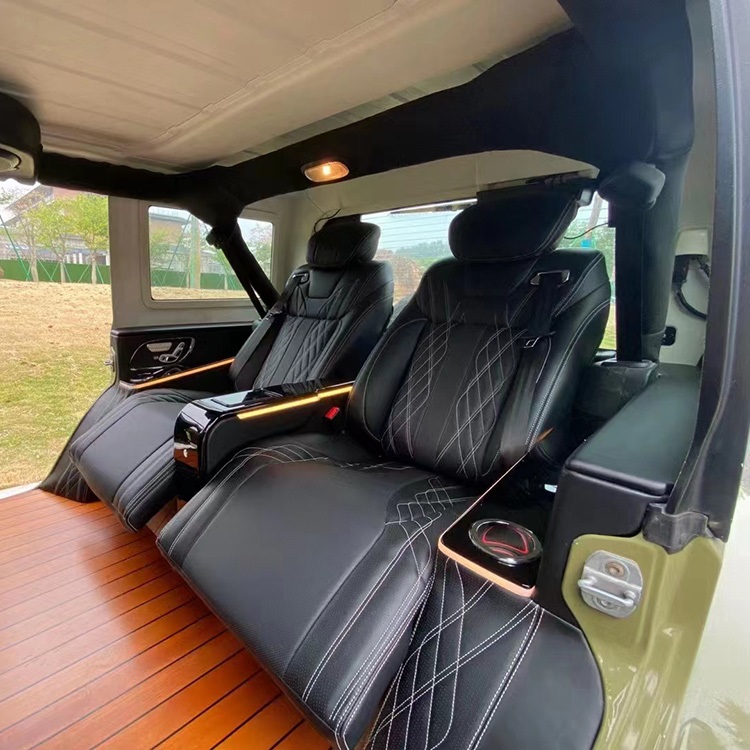1940 Jeep Willys For Sale: Unearthing a Piece of Automotive History
1940 Jeep Willys For Sale: Unearthing a Piece of Automotive History jeeps.truckstrend.com
The phrase "1940 Jeep Willys For Sale" evokes images of rugged determination, wartime ingenuity, and a foundational moment in automotive history. While the iconic Willys MB "Jeep" became synonymous with World War II from 1941 onwards, the quest for a military light reconnaissance vehicle began in earnest in 1940. Finding a genuine "1940 Willys Jeep" for sale is not just about acquiring a vehicle; it’s about owning an extremely rare, often prototype, piece of the saga that birthed one of the most recognizable and enduring vehicles ever created. This comprehensive guide will navigate the nuances of seeking out, evaluating, and ultimately purchasing one of these historically significant machines.
Understanding the "1940" Designation: A Historical Nuance
1940 Jeep Willys For Sale: Unearthing a Piece of Automotive History
Before diving into the market, it’s crucial to understand what a "1940 Willys Jeep" truly represents. The U.S. Army’s initial call for a "light reconnaissance vehicle" (later known as the 1/4-ton 4×4 truck) was issued in July 1940. Three companies responded with prototypes: American Bantam (BRC-40), Ford (Pygmy), and Willys-Overland (Quad).
- Willys Quad (1940 Prototype): This was Willys-Overland’s initial submission. Only a handful were built for testing. These vehicles had distinct features, often differing significantly from the later mass-produced MB.
- Willys MA (1941 Pre-Production): Following the Quad, Willys developed the MA (Military, A-model) in early 1941. Approximately 1,500 were built, incorporating improvements from testing. These are also rare.
- Willys MB (1941-1945 Mass Production): This is the iconic "Jeep" most people recognize, mass-produced from late 1941 onwards.
Therefore, a genuine 1940 Willys for sale would almost certainly be one of the original Willys Quad prototypes or, less likely, an extremely early Bantam BRC-40 or Ford Pygmy that somehow passed through Willys’ hands or is simply being broadly advertised. The vast majority of vehicles advertised as "1940 Willys Jeeps" are either early 1941 Willys MA or MB models, or even later WWII models, whose owners might be mistaken about the exact year or are using "1940" loosely to denote its pre-war origins. This distinction is paramount for any serious buyer.
Why Invest in a Vintage Willys Jeep?

The appeal of owning a vintage Willys, especially one from the early era, goes far beyond simple transportation.
- Historical Significance: Owning a 1940 Willys (or an early 1941 model) is owning a tangible piece of the automotive and military history that shaped the 20th century. It’s a testament to American ingenuity and the "Greatest Generation."
- Investment Potential: While any vintage vehicle can appreciate, genuine prototypes and early pre-production models are exceptionally rare and can command significant value, often appreciating more steadily than later production models due to their scarcity.
- Unique Driving Experience: There’s nothing quite like driving a vehicle designed for pure utility. It’s raw, engaging, and offers a direct connection to a bygone era of motoring.
- Community and Events: The vintage military vehicle community is passionate and welcoming. Owners participate in parades, re-enactments, and shows, fostering a strong sense of camaraderie and shared appreciation.
- Nostalgia and Patriotism: For many, it’s a connection to family history, military service, or a simpler time.

Navigating the Market: Where to Find a 1940 Willys Jeep For Sale
Finding a genuine 1940 Willys prototype is akin to finding a needle in a haystack. Most will be in private collections or museums. However, if one does surface, or if you’re looking for an early 1941 model often advertised as a "1940," here are common avenues:
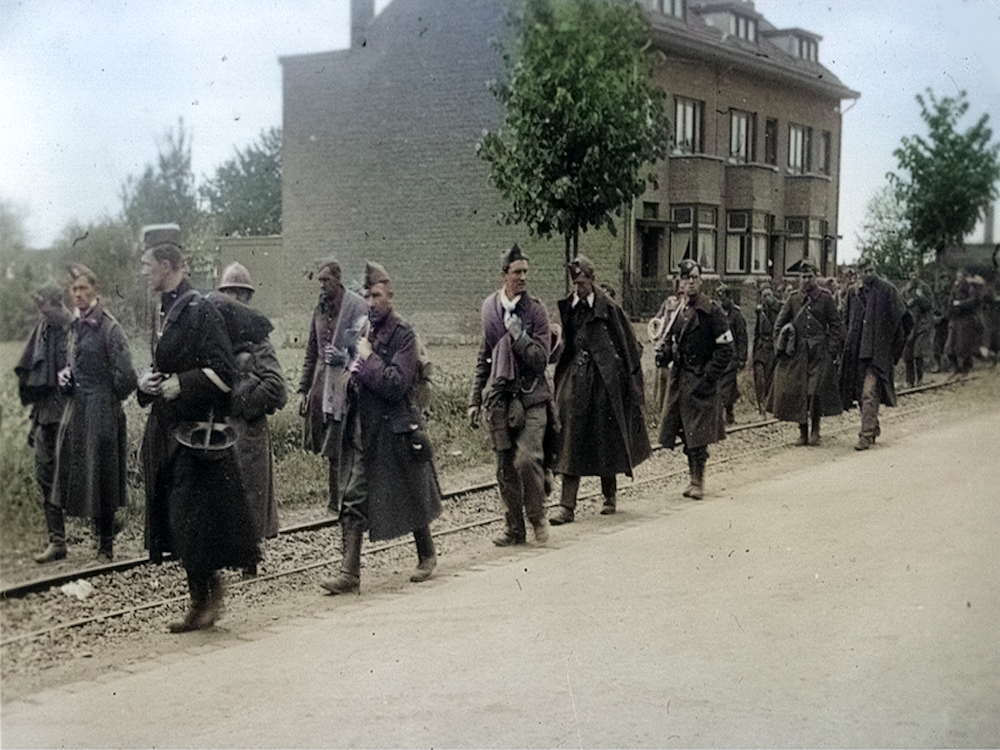
- Specialized Vintage Vehicle Dealers: High-end classic and military vehicle dealerships occasionally handle rare finds. They often have established networks for sourcing such vehicles.
- Online Auction Platforms: Prestige auction houses (e.g., Mecum, Barrett-Jackson, RM Sotheby’s) are where genuine prototypes, if sold publicly, would likely appear. More common vintage vehicle sites like Bring a Trailer, Hemmings, or eBay Motors might feature early 1941 models.
- Classic Car Shows & Swap Meets: Larger, dedicated military vehicle shows are excellent places to connect with owners, clubs, and potential sellers.
- Military Vehicle Collector Forums & Clubs: Online forums (e.g., G503.com) and local/national military vehicle preservation clubs are invaluable resources. Members often know who is looking to sell or where rare vehicles might be located.
- Word-of-Mouth: Networking within the vintage military vehicle community is often the most effective way to unearth truly rare finds.
Key Considerations Before Purchase: What to Look For
Purchasing a vintage Willys, especially one purporting to be a 1940 model, requires meticulous due diligence.
-
Authenticity (Paramount for 1940 Models):
- Chassis and Serial Numbers: These are the primary identifiers. For a true 1940 prototype, the numbers would be unique and extremely low, often preceding the standard Willys MA/MB serial number sequences. Research these thoroughly.
- Specific Prototype Features: The Willys Quad had distinct characteristics (e.g., unique grille design, different body stampings, specific engine details) that differentiate it from later models. Educate yourself on these subtle differences.
- Expert Appraisal: For any vehicle claimed to be a 1940 prototype, a pre-purchase inspection and authentication by a recognized expert in military vehicle history and restoration is non-negotiable. This can save you from a costly mistake.
-
Condition Assessment:
- Rust: Inspect the frame (especially critical areas like spring hangers, cross members), body tubs, floor pans, and fenders. Extensive rust can indicate major structural issues and costly repairs.
- Engine & Drivetrain: Check for leaks, unusual noises, smoke, and general running condition. A compression test is advisable. Inspect the transmission, transfer case, and axles for proper function and leaks.
- Electrical System: Original 6-volt systems can be finicky. Check wiring for deterioration, and ensure lights, gauges, and starter function correctly. Many have been converted to 12-volt.
- Brakes & Steering: Assess the condition of brake lines, drums, and master cylinder. Check for excessive play in the steering linkage.
- Originality vs. Restoration: Determine if the vehicle is largely original, partially restored, or a full frame-off restoration. An original, unrestored vehicle (especially a prototype) might be more valuable to collectors, but will require more immediate work. A fully restored vehicle should come with documentation of the process.
-
Completeness:
- Are all period-correct parts present? Missing components, especially specific to early models, can be incredibly difficult or impossible to source. This includes unique body parts, gauges, and specific engine components.
- Be wary of "franken-Jeeps" assembled from parts of various years.
-
Documentation and Provenance:
- Ensure a clear title that matches the vehicle’s serial number.
- Service History/Restoration Records: Any documentation detailing past repairs, maintenance, or a full restoration adds significant value and transparency.
- Historical Provenance: For a rare prototype, a documented chain of ownership, photos from its history, or even military records can greatly enhance its value and verify its authenticity.
The Restoration Journey: Challenges and Solutions
If you acquire a vintage Willys that isn’t fully restored, be prepared for a rewarding but challenging journey.
- Parts Availability: While many parts for the mass-produced Willys MB are readily available from specialist suppliers, parts specific to the 1940 Willys Quad or 1941 Willys MA are extremely scarce, often requiring fabrication or extensive searching for donor vehicles.
- Specialized Knowledge: Restoring these vehicles requires a deep understanding of their mechanics, original specifications, and period-correct techniques. Finding a reputable restorer with vintage military vehicle experience is crucial.
- Cost & Time: A full, correct restoration can easily cost tens of thousands of dollars and take years to complete, especially if unique parts need to be sourced or fabricated.
- Authenticity Dilemma: Deciding whether to restore to museum-quality original specifications, or to make minor modifications for reliability (e.g., 12-volt conversion), is a common challenge. For a true prototype, strict adherence to originality is usually preferred.
Solutions: Join vintage Willys clubs and forums for advice and connections. Build relationships with specialist parts suppliers. Seek out reputable restoration shops known for their expertise in these specific vehicles. Be patient, and consider tackling smaller restoration tasks yourself if you have the skills.
Owning and Maintaining Your Vintage Willys
Once you’ve acquired your vintage Willys, proper care is essential to preserve its value and ensure its longevity.
- Regular Maintenance: Follow a strict schedule for fluid changes, greasing chassis components, and checking tire pressure. These older vehicles require more hands-on attention.
- Storage: Store the vehicle in a climate-controlled environment to prevent rust and deterioration of rubber components. Keep it off the ground if possible, or rotate tires to prevent flat spots.
- Driving Considerations: Be aware of the limitations: no power steering or brakes, lower top speeds, and a rougher ride. Drive defensively and understand its capabilities.
- Insurance: Obtain specialized classic car insurance, which typically offers agreed-value coverage and understands the unique nature of these vehicles.
Practical Advice and Actionable Insights
- Set a Realistic Budget: Not just for the purchase price, but for potential restoration, ongoing maintenance, and specialized insurance.
- Do Your Homework: Research specific model variations, serial numbers, and common issues. The more you know, the better equipped you’ll be to make an informed decision.
- Get an Expert Opinion: For any significant purchase, especially a rare prototype, insist on a pre-purchase inspection by an independent expert.
- Verify Documentation: A clear title and historical records are just as important as the vehicle itself.
- Don’t Rush: The right vintage Willys won’t appear overnight. Be patient and wait for the vehicle that meets your criteria and budget.
- Join the Community: Connect with other enthusiasts. Their knowledge and networks are invaluable.
Price Table: 1940 Willys Jeep & Early Production Equivalents
The pricing for a "1940 Willys Jeep" is highly variable due to the extreme rarity of genuine prototypes and the common mislabeling of early 1941 models. The table below provides estimated price ranges based on condition and authenticity.
| Category | Description | Condition | Estimated Price Range (USD) Willys is a military term that represents what the Willys of the 1940’s did in World War 2.
History of the Willys Jeep
The Willys Jeep, particularly the MB model, is one of the most iconic vehicles in history, primarily
